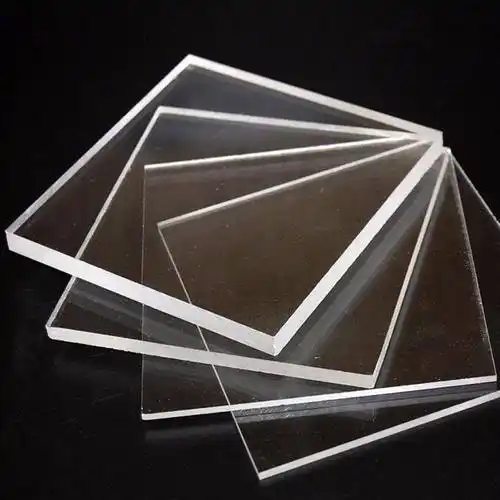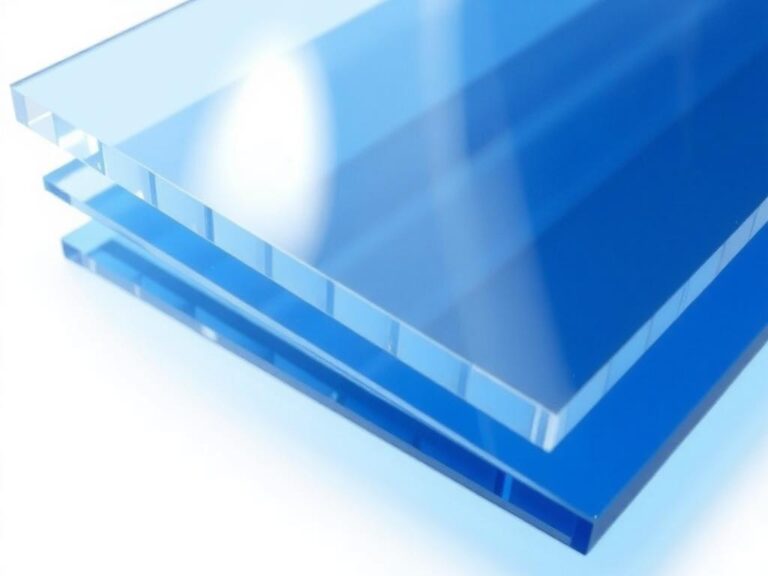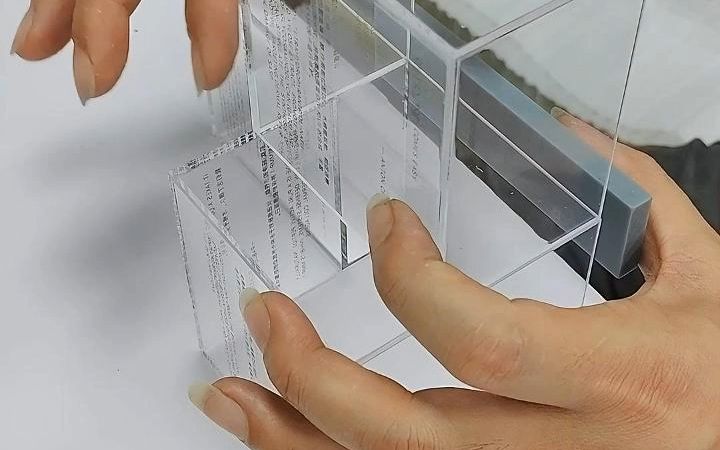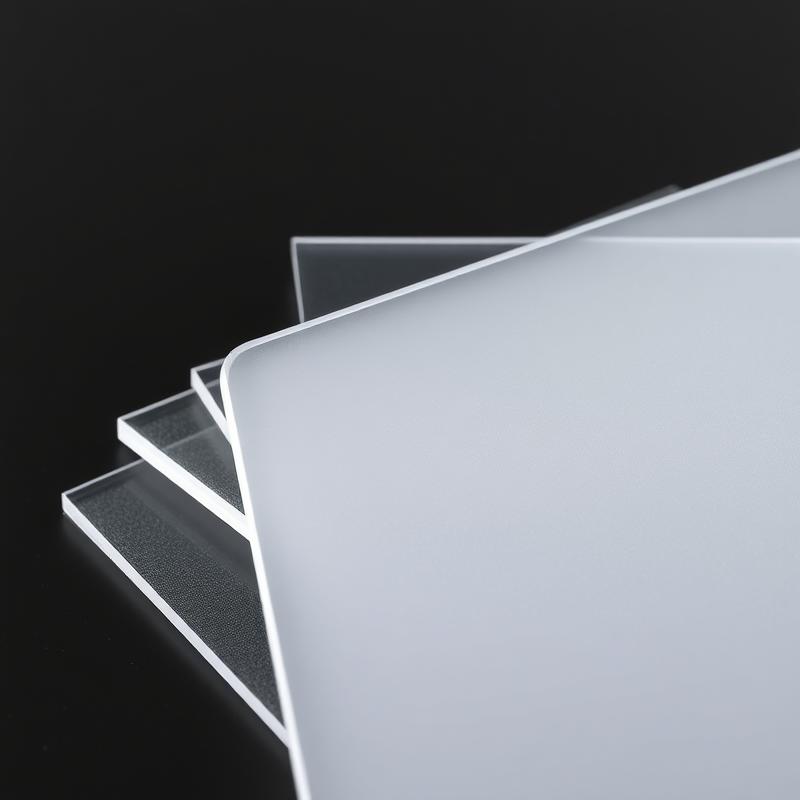-
Xinqi Development Zone, Leliu, Foshan, Guangdong
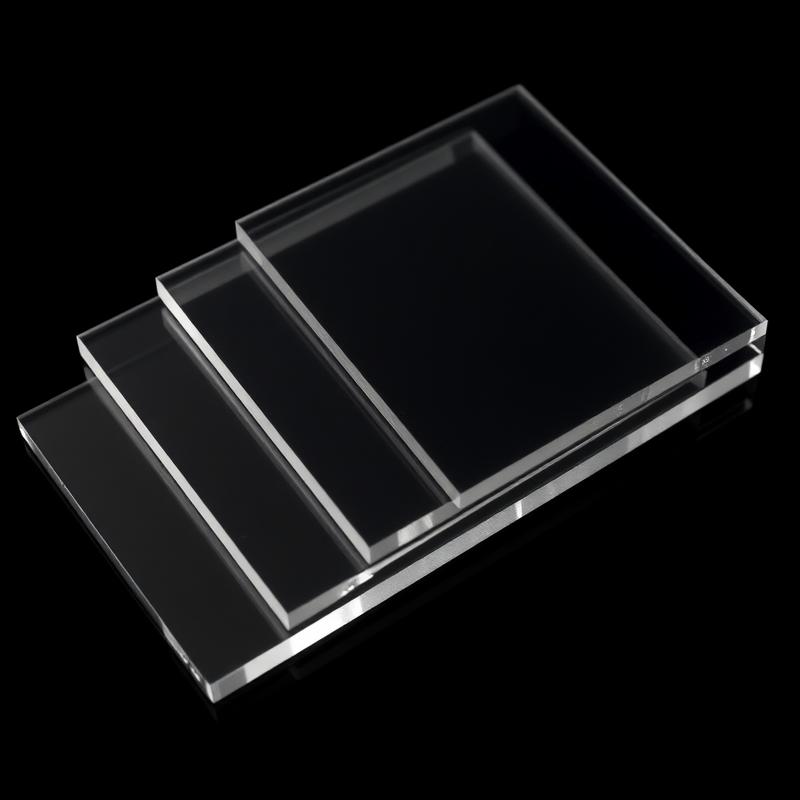
Can Acrylic Sheet Withstand High Temperature?
Table of Contents
Are you worried about acrylic sheets melting in hot places? Do you need to know how much heat acrylic can take? Acrylic is a popular clear plastic. But it can get soft or bend when it gets too hot. This is bad for things you make with it. What if your acrylic melts and ruins your project? Let’s learn about the maximum temperature acrylic sheets can handle.
What is an Acrylic Sheet?
Acrylic is a type of plastic. It is also called PMMA. It looks like glass but is not glass. Acrylic is:
- Clear like glass
- Lighter than glass
- Stronger than glass
- Easy to cut and shape
People use acrylic for many things. You can find it in signs, fish tanks, and windows. Acrylic sheet suppliers offer many types and sizes.
Acrylic comes in many colors too. You can get:

The Maximum Temperature Acrylic Sheets Can Withstand
Here’s the big problem: acrylic melts when it gets too hot.
The maximum temperature acrylic can take is about 160°F to 190°F (70-90°C). After that, it starts to get soft. At about 266°F (130°C), it will melt.
This heat limit can be a big problem if you:
- Put acrylic near hot things
- Use acrylic outdoors in hot sun
- Put acrylic near ovens or heaters
Heat Resistance of Acrylic
Acrylic can handle some heat, but not as much as other materials. When it gets hot, here’s what happens:
- First, it gets soft
- Then it can bend
- Last, it can melt
This is why you need to know its limits.
Factors That Affect How Acrylic Sheets Withstand High Temperatures
Not all acrylic sheets are the same. Several factors change how much heat they can take:
1. Thickness of the Sheet
Thicker acrylic sheets can handle more heat. This is because:
- Heat takes longer to go through thick sheets
- Thick sheets stay stiff longer in heat
| Acrylic Thickness | Heat Resistance |
|---|---|
| 2mm | Lower |
| 5mm | Medium |
| 10mm | Higher |
2. Type of Acrylic
There are two main types of acrylic:
- Cast Acrylic – Made by pouring liquid into molds
- Extruded Acrylic – Made by pushing hot plastic through machines
Cast acrylic can often handle more heat than extruded acrylic.
3. Heat Exposure Time
Short heat vs. long heat makes a big difference.
- Quick heat may not harm acrylic
- Long heat will make acrylic soft, even at lower temps
Acrylic Sheets in High-Temperature Environments
Where you use acrylic matters a lot. Let’s look at some places:
Outdoor Use and Sunlight
The sun can heat acrylic to high temps. Black or dark acrylic gets hotter than clear acrylic in the sun. Clear acrylic sheets may be better for hot places.
Indoor Heat Sources
Keep acrylic away from:
- Ovens
- Heaters
- Hot lights
- Steam
Always use proper ventilation around acrylic that might get hot.
Heat-Resistant Alternatives to Acrylic
If you need something for very hot places, you might need a different material.
Polycarbonate vs Acrylic
Polycarbonate can handle more heat than acrylic. It can take temps up to 240°F (115°C).
When to choose polycarbonate over acrylic:
- For very hot areas
- Near heat sources
- For outdoor use in hot climates
But polycarbonate costs more than acrylic and can scratch more easily.
Pros and Cons of Acrylic for High-Temperature Applications
Pros:
- Clear and pretty
- Easy to cut and shape
- Lighter than glass
- Comes in many colors
- Less costly than some other materials
Cons:
- Not good with high heat
- Can soften at medium temps
- Is flammable
- Can crack if heated and cooled fast
Case Study: Sanyu Acrylic Products
Sanyu Acrylic Co., makes special acrylic that can handle more heat. They add things to the acrylic to make it stronger in heat. Their premium acrylic can stand temps a bit higher than normal acrylic.
This shows that better acrylic can be made for hot places.
FAQs About Acrylic Sheet Maximum Temperature
What temperature will acrylic sheet melt?
Acrylic sheet will begin to melt at about 266°F (130°C). But it will start to get soft and bend at much lower temperatures, around 160°F (70°C).
Can I put acrylic sheet in an oven?
No, you should not put acrylic sheet in an oven. Acrylic will start to soften at temperatures much lower than most ovens use for cooking.
Is acrylic flammable?
Yes, acrylic is flammable. It can catch fire if exposed to open flames or very high temperatures. This is another reason to keep it away from heat sources.
Does the thickness of acrylic sheet affect its heat resistance?
Yes, thicker acrylic sheets can withstand higher temperatures for longer periods than thinner sheets. Thicker acrylic sheets provide more insulation against heat.
Can acrylic sheet be used outdoors in hot climates?
Acrylic can be used outdoors, but in very hot climates it may warp or bend. For hot outdoor uses, look for UV-resistant acrylic or consider polycarbonate instead.
What To Remember About Acrylic and Heat
- Acrylic sheets melt at about 266°F (130°C)
- They start to get soft at much lower temps (160°F/70°C)
- Thicker sheets can handle more heat
- Cast acrylic is more heat-resistant than extruded acrylic
- Keep acrylic away from heat sources
- Use proper ventilation around warm acrylic
- Consider polycarbonate for very hot places
- The longer acrylic is exposed to heat, the more likely it will warp
Now you know how much heat acrylic sheets can take. This will help you pick the right material for your project and keep it from melting or warping.

